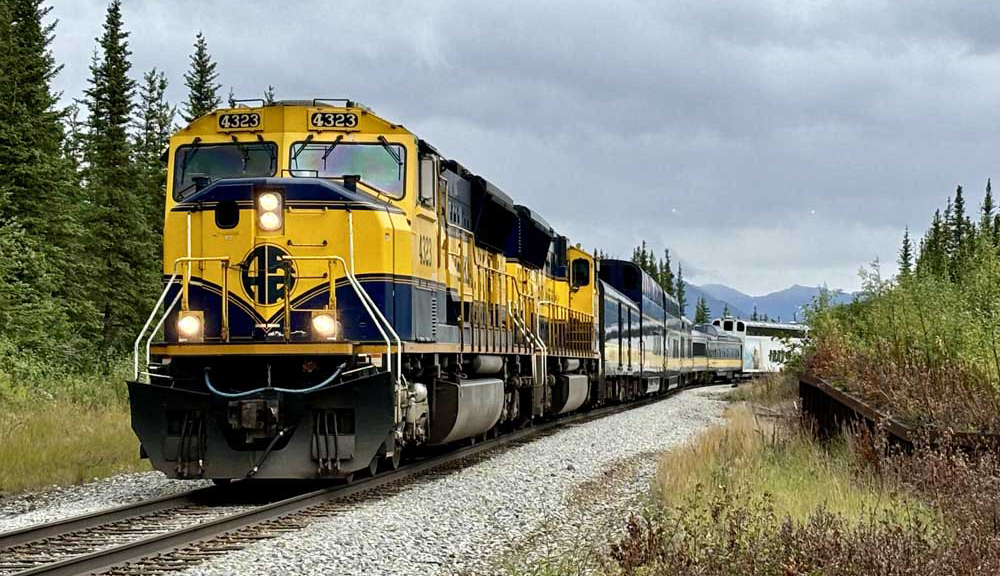
Early last spring, it was time to plan a summer vacation and get to some unfinished business. Alison and I agreed on the overall goal: get to Alaska. For her it was the call of Denali National Park and the fjords along the coast south of Seward. For me (no surprise), it was the chance […]
Read More…

Q: How do mechanical passenger car washers work? — Steve Moore A: Keeping passenger cars clean is a never-ending battle as they’re subjected to the same dirt, dust, and grime as locomotives and freight cars. While spot cleaning, such as windows, is handled en route, extensive cleaning is handled at coach yards and larger terminals. […]
Read More…
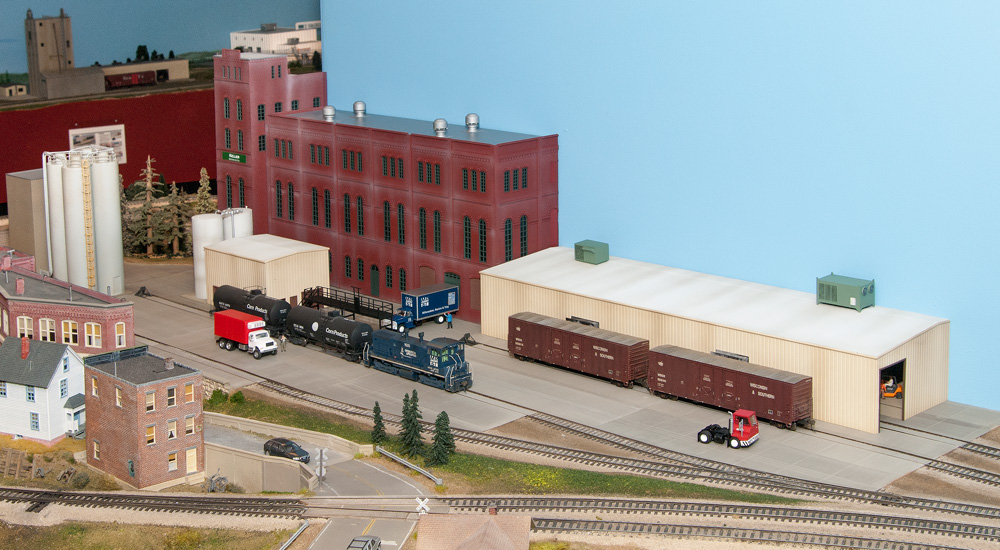
Q: I’m planning a rail-served brewery for my N scale layout. What did these industries look like, and what kind of products would trains deliver to the brewery or haul away from it? — Eli Quarless A: Breweries are large, sprawling, complex industries that take up multiple buildings and receive and ship a wide variety […]
Read More…
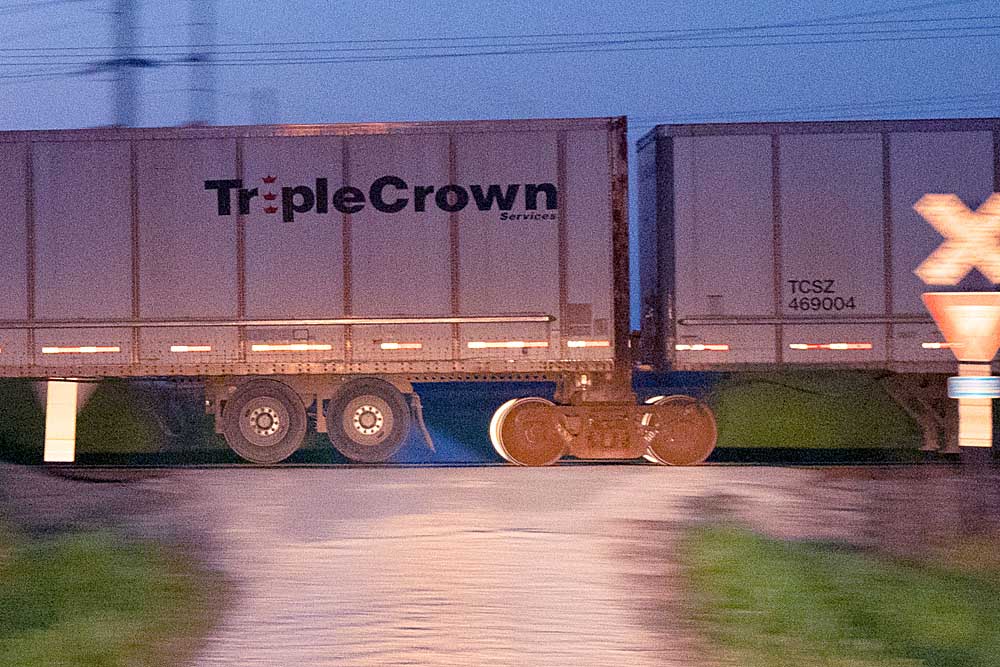
A lot of diligent photographers were scattered along the old Wabash main line in Indiana and Illinois this past weekend to photograph the last runs of trains 255 and 256, the remnants of one of the most novel trains to ever grace American rails, Norfolk Southern’s Kansas City-Detroit RoadRailer service. What the fans were shooting […]
Read More…
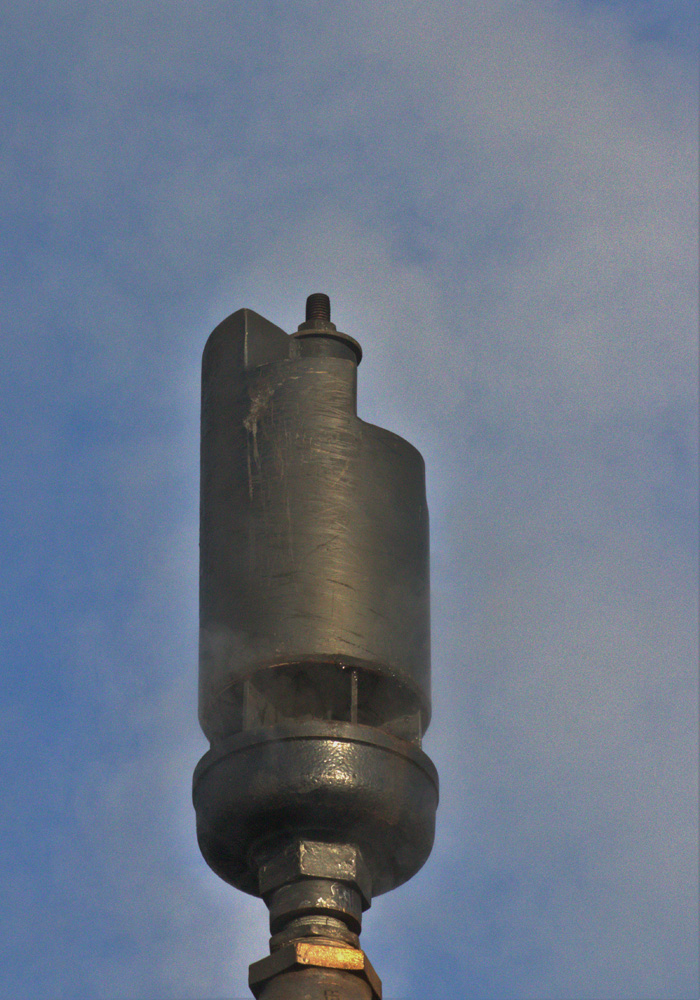
Q: When did the grade crossing whistle signal change from two longs and two shorts (— — o o) to two longs, a short, and a long (— — o —) and under what authority? I model 1907 and I have several early rule books that all have it as two longs and two shorts. […]
Read More…
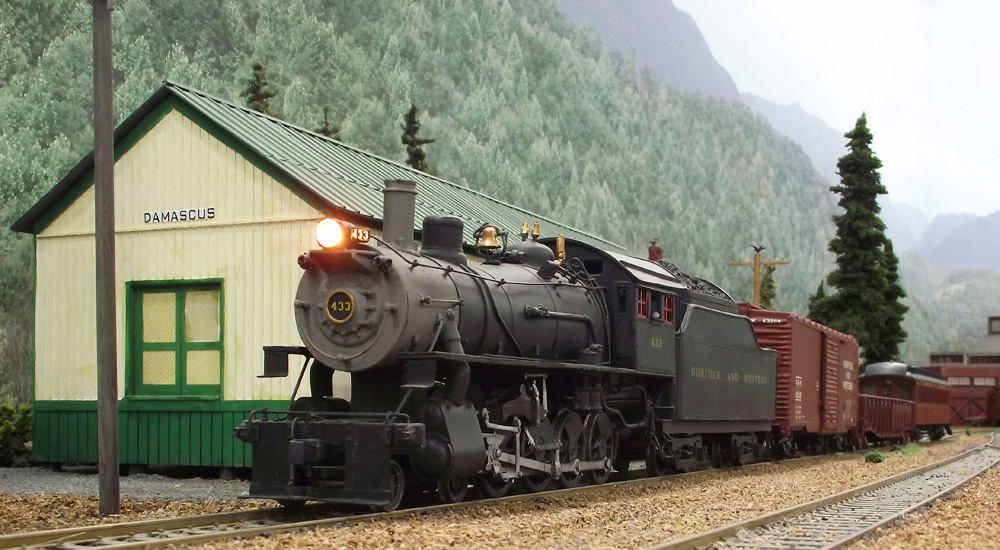
Q: Do the passenger cars in mixed trains go in front of the freight cars, or vice versa? — Stanley Lachac A: As is so often the case in questions about railroading, the answer is, it depends. As I wrote in my answer to Joe Mizell’s question in the February 2020 “Ask MR,” a mixed […]
Read More…
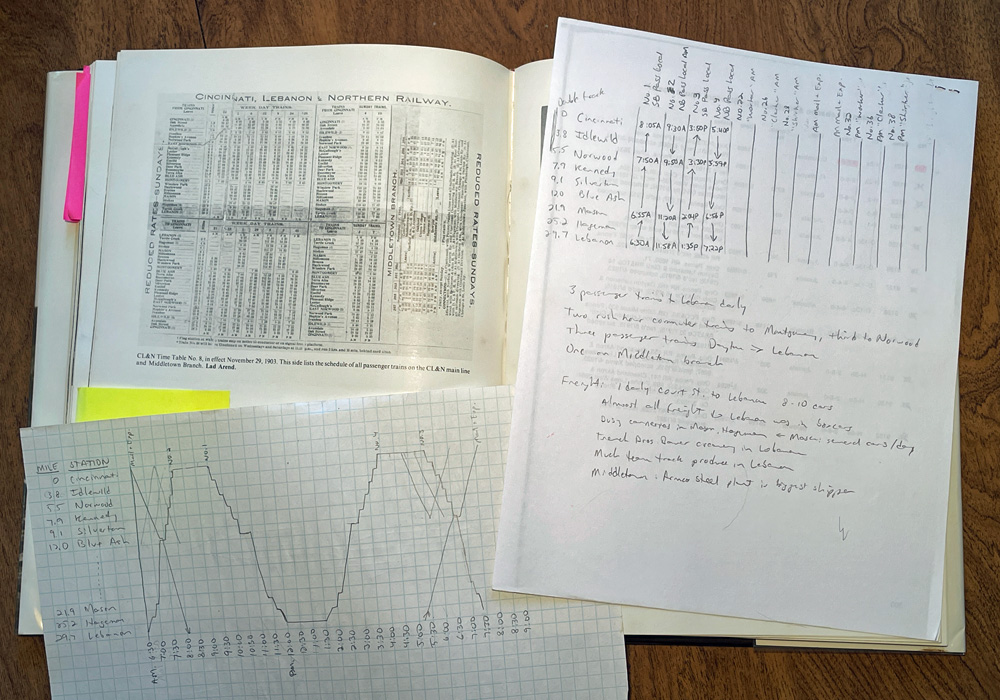
Q: Did short line railroads use timetables for such loads as logs, lumber, cattle, grain, merchandise, and the like for short distances such as 100 miles or less? For example, is a timetable necessary for a train running back and forth between a log landing site and a small lumber mill? — Russell Brenchley, Cottage […]
Read More…
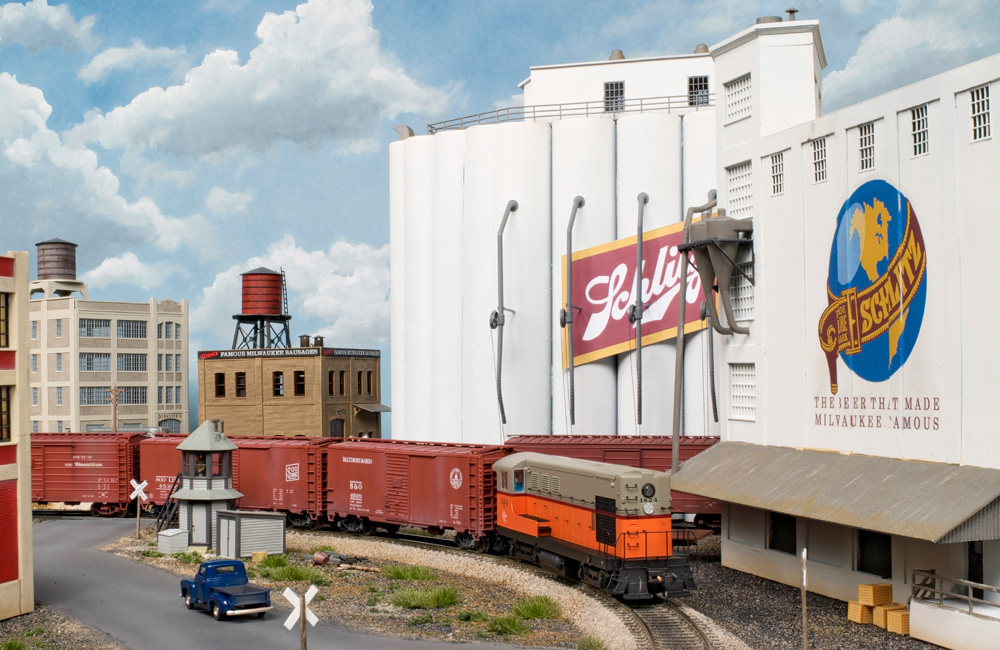
Q: I am modeling the Milwaukee Road’s Beer Line in HO scale. Which trains worked the Beer Line, and what were the train numbers they used? I can’t find any information on the internet. They didn’t just call them “Midnight Beer Train” or “Elevator Job,” did they? — Jerry Lane A: The Beer Line is near […]
Read More…
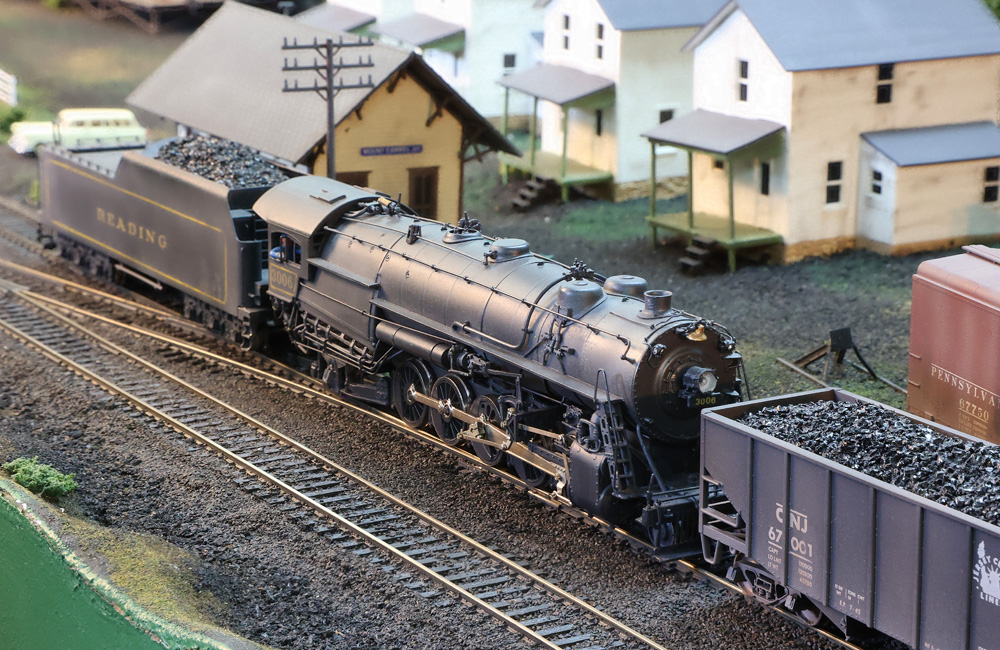
Q: I’d like to know how trains turn around at the end of a branch line in the caboose era. I have great affinity for turnaround operations and am designing a new N gauge layout that might feature several of these operations. How do the crews manage to reattach the caboose on the end of […]
Read More…
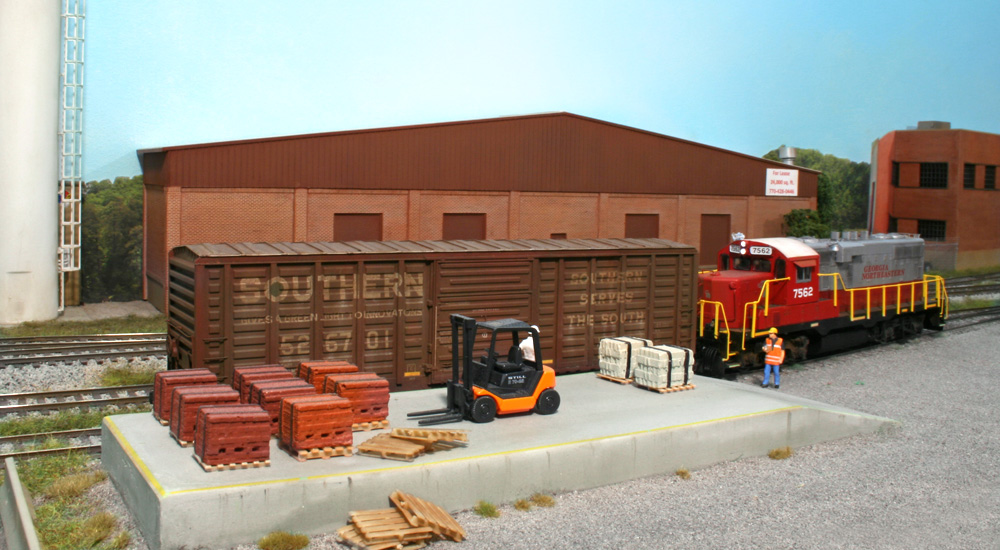
Q: I keep seeing references to “team tracks” on track plans. What are team tracks, what are they for, and how can they be incorporated into operations? — Damien Bouchey A: The idea of the team track probably dates back to not long after the invention of the railroad. After all, a team track is […]
Read More…
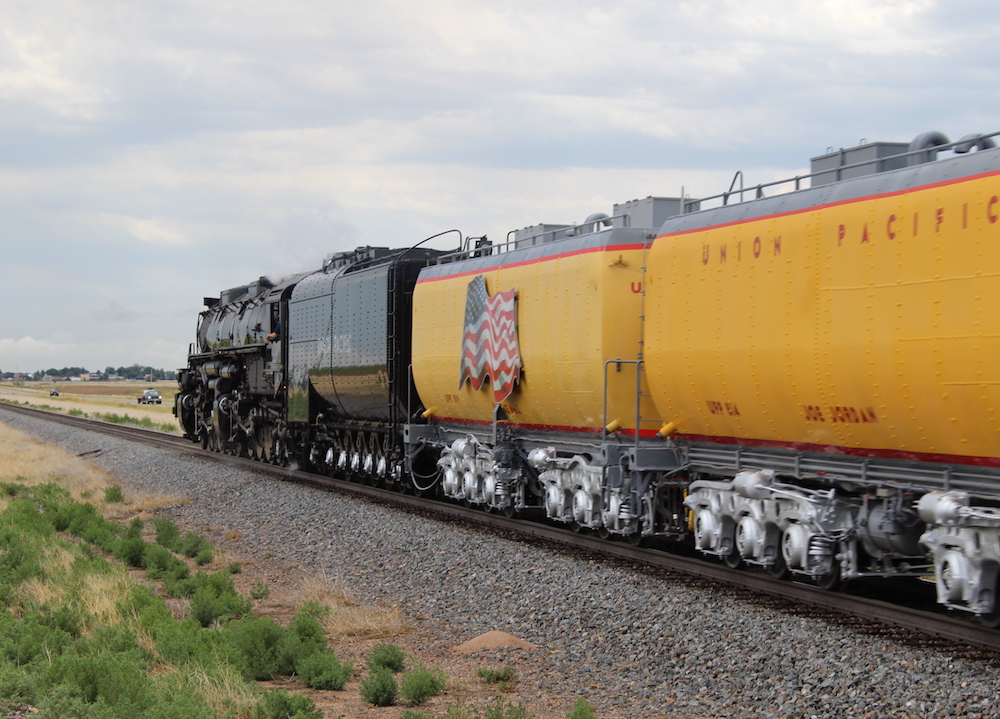
From short lines to Class I railroads, you’ll likely come across a mainline steam excursion with one or more tenders/tank cars coupled right behind the locomotive’s main tender. Water is the primary commodity, all for the steam locomotive when out on the road. The use of an auxiliary water car, sometimes referred to as a […]
Read More…
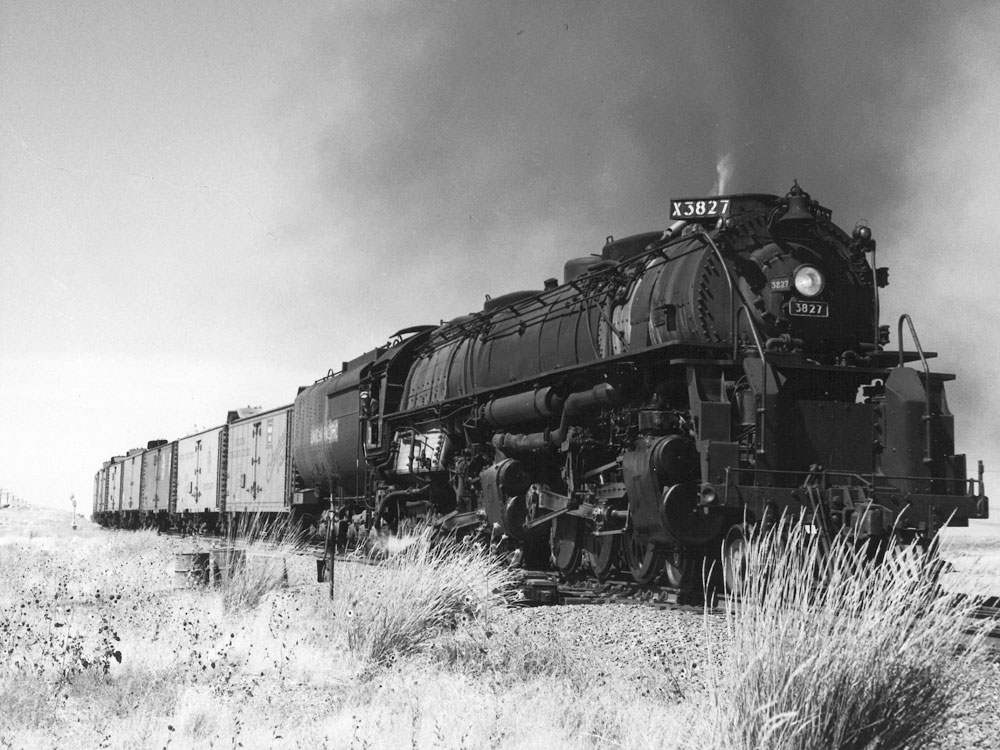
Q: I am looking for suggestions for industries for an Idaho model railroad in the 1940s. I’m working on building an HO scale 10 x 11-foot around-the-walls model railroad. I have decided to model a small town in rural Idaho along the Union Pacific in 1942. I am looking for a few plausible industries to […]
Read More…












